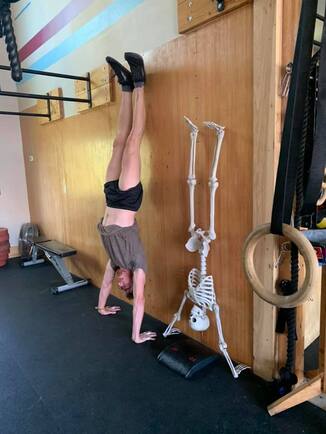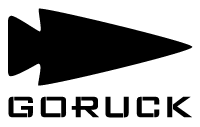|
By Coach Nick Happy Wednesday everyone, I hope you are all enjoying this week! Today’s post is a sort of continuation from last week’s post about patient carrying. Today we are going to be talking about spinal injuries, specifically when to take what we call “spine precautions”. The reason for this line of thinking is if we are with someone who is injured in the wilderness we want a checklist of sorts to decide whether or not they may have injured their spine. If we decide that the possibility exists we need to think about how we can immobilize their spine so that we don’t hurt them even more. I will talk a little bit about how to do this at the end. There’s a few things to look for and think about when determining whether or not to take spine precautions. Here we are looking for some specific mechanisms of injury that would indicate a possible spinal injury. The specific ones we are looking for are: diving injuries, fall from 3 times the patients height or higher, tumbling fall, fast moving accident (skiing, car, etc.), direct blow to the spine, gunshot wound, or lightning. This list is not all inclusive, but it is a good checklist to go through. If any of these things happen to someone in your group it’s critical to stabilize their spine no matter what they are saying or how they are acting. Be careful of what we call distracting injures. This is when another injury is so bad that it could be distracting you or the patient from the fact that they may have a broken spine. An example of this would be a compound fracture sustained from a skiing accident. Another important thing to watch for is what we call Battle’s Sign. This manifests itself in bruising behind the patient’s ears and is typical in head trauma injuries. If you see this it’s a quick clue to go into spine precautions. Once you make the decision to apply spine precautions there’s a few important things to remember. First, it’s important to calm the patient down and make them realize the importance of not trying to move. While you’re doing this cradle their head in your hands by putting your index fingers under their ears and the rest of your hand supporting their neck and jaw with your thumbs above their ears. It’s crucial that you don’t release this hold until you put on what’s called a C-collar. While this is happening have some members of your group try and construct a litter for evacuation that will be as stable as possible (this is only if there’s no hope of rescue or getting real equipment like a backboard). The only time you should move a patient during this process is in an emergency (like an avalanche coming your way) or to prevent hypothermia. Next, we need to make what’s called a C-collar so that we can let go of their head without risking damage to their neck. I doubt any of you carry a real C-collar with you on outdoor trips so I have attached a video of how to make one. On that note, if you’re into activities with a high risk of spinal injury like back country skiing or whitewater kayaking it might be a good idea to have someone in your group carry a real C-collar. At this level of care I’m not going to go into the process of clearing the spine and allowing someone to move around again after a suspected spinal injury. For our purposes the important thing is to be able to recognize significant mechanisms of injury and know how to stabilize that patient. Remember, in the wilderness we are always going to be walking the line between the “textbook” medical care and what we need to do to survive and evacuate. Being able to recognize potential spine injury and knowing how to stabilize it could be enough to save a friend from paralysis or even death. I know this is a pretty heavy topic but I think it’s important for you guys to know and understand. Simple actions here can make a huge difference and don’t require a lot of medical background to apply. As always, I hope none of you ever have to apply this knowledge but if you do some day I hope this helps!
0 Comments
Leave a Reply. |
Special EventsRecord your WOD on Beyond the Whiteboard.
Do you need CrossFit or yoga gear? Click on the links below to buy through our GORUCK, Reebok, Rogue or Affiliate share sale programs. These are affiliate links and our gym will be compensated if you make a purchase after clicking on these links.
Check out our Flickr page!
Categories
All
Archives
March 2024
|
True Spirit CrossFit
|




 RSS Feed
RSS Feed

